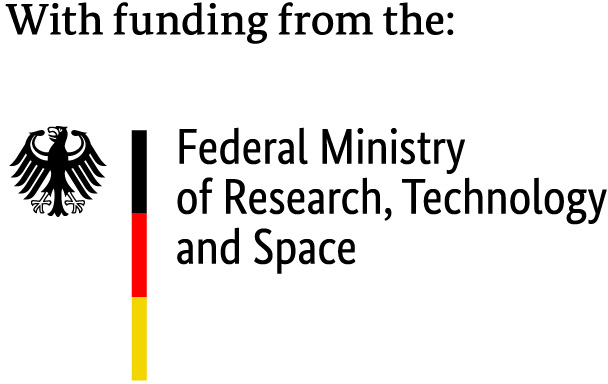Work Package 1 – Governance & Strategic Coordination of the NUM Study Network
WP1 lays the foundation for the governance, coordination, and strategic development of the NUM Study Network. It plays a central role in managing the overarching structures of the network and aligning the collaboration across specialty networks.
During the piloting phase (07/2024-06/2025), WP1 focused on establishing the key governance bodies of the NUM Study Network, including the Steering Committee and the Forum, which were introduced as interim structures to guide the network's strategic direction. This included defining terms of reference, organizing and facilitating meetings, and shaping a shared vision for a cross-disciplinary and future-ready research infrastructure. The goal was to design ideal workflows and identify existing as well as missing components necessary to support this vision. Key efforts also included the integration of patient representatives in decision-making processes, as well as strategies to streamline contracts and improve communication across the network.
In the implementation phase (07/2025-06/2030), WP1 expands on these foundations by providing centralized project management for the NUM SN and supporting harmonization across participating specialty networks. The governance structures are further developed and maintained in collaboration with NUM and the project management unit. WP1 also facilitates the integration of new national and international partners, including European research networks (e.g., ECRIN, BE READY NOW), European Vaccine Hub) and national research consortia. External communication becomes increasingly important: suitable external study projects are identified, supported, and promoted through the NUM Study Network infrastructure.
The continuous evolution of the NUM Study Network is supported through regular plenary meetings, webinars, and workshops that help refine performance indicators, network processes, and training materials. In addition, WP1 oversees the development of standard templates for study protocols and contracts, ensures a harmonized framework for collaboration across all network levels, and drives the implementation of quality and performance metrics to guide the NUM Study Network and its Specialty Networks.
WP1 ultimately ensures that the NUM Study Network remains transparent, adaptable, and strategically aligned—providing a robust platform for high-quality clinical and clinical-epidemiological research across Germany.




